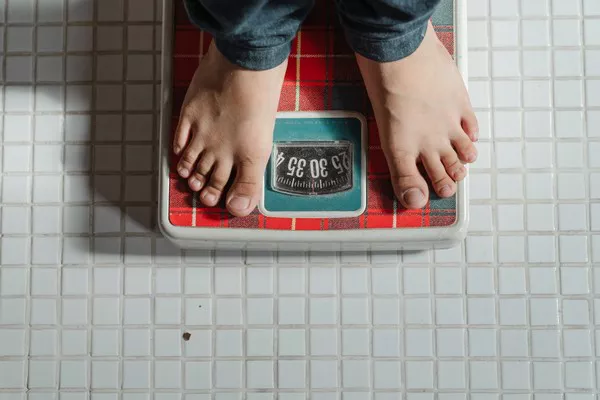After giving birth, many new mothers may feel a strong desire to begin exercising again. Exercise can help speed up postpartum recovery and improve physical health and mental wellbeing. However, it’s essential to take the necessary precautions and wait until the body is ready before starting any exercise routine. In this article, we’ll explore when it’s safe to start exercising after a normal delivery and what types of exercises are recommended.
Postpartum Recovery
After giving birth, the body needs time to recover from the physical demands of pregnancy and delivery. The uterus, cervix, and vagina need time to heal, and the body needs to adjust to the hormonal changes that occur after childbirth. This postpartum period typically lasts around six weeks, though it can vary depending on individual circumstances.
During this time, new mothers should focus on rest and recovery, allowing the body to heal and adjusting to their new role as a parent. It’s important to avoid any strenuous activity or heavy lifting during this time, as it can put unnecessary strain on the body and delay the healing process.
When Can I Start Exercising?
The general recommendation is to wait at least six weeks after giving birth before starting any exercise routine. This allows the body to heal and adjust to the hormonal changes that occur after childbirth. If there were complications during delivery, such as a C-section or perineal tears, it may be necessary to wait longer before starting any exercise routine.
It’s recommended to consult with a healthcare provider before beginning any exercise routine, especially if there were any complications during delivery or if there are any underlying medical conditions.
What Types of Exercises Are Recommended?
Once the body is ready, new mothers can slowly incorporate exercise into their daily routine. It’s important to start slowly and gradually increase intensity over time to avoid injury and allow the body to adjust.
1.Walking:
Walking is a low-impact exercise that can be easily incorporated into daily routines. It’s a great way to improve cardiovascular health and increase energy levels without putting too much stress on the body.
2.Pelvic Floor Exercises:
The pelvic floor muscles are a group of muscles that support the uterus, bladder, and rectum. These muscles can weaken during pregnancy and delivery, leading to incontinence and other issues. Pelvic floor exercises, also known as Kegels, can help strengthen these muscles and improve overall pelvic health.
3.Yoga or Pilates:
These low-impact exercises can help improve flexibility, core strength, and muscle tone. Many yoga and Pilates classes are designed specifically for postpartum recovery, focusing on gentle movements and breathing techniques.
4.Strength Training:
Strength training can help build muscle and increase metabolism, but it’s important to start slowly and use light weights at first. Focus on full-body workouts that target all major muscle groups, such as squats, lunges, and pushups.
5.Cardiovascular Exercise:
Once the body has adjusted to exercise, cardiovascular exercise can help improve heart health and burn calories. Activities such as running, cycling, or swimming can be incorporated into a postpartum exercise routine, but it’s important to start slowly and gradually increase intensity over time.
Precautions to Take
While exercise is beneficial for postpartum recovery, there are some precautions that new mothers should take to ensure their safety and wellbeing:
1.Listen to Your Body:
Pay attention to how your body feels during exercise and adjust accordingly. If something feels uncomfortable or painful, stop immediately and consult with a healthcare provider.
2.Stay Hydrated:
Drink plenty of water before, during, and after exercise to avoid dehydration.
3.Wear Supportive Clothing:
Invest in supportive bras and clothing that can help reduce discomfort and provide additional support.
4.Avoid Heavy Lifting:
Avoid lifting anything heavier than your baby for the first six weeks after delivery to avoid putting unnecessary strain on the body.
5.Get Enough Rest:
Adequate rest is essential for postpartum recovery, so make sure to prioritize rest and sleep when incorporating exercise into your daily routine.
Conclusion
Exercise can be a beneficial part of postpartum recovery, but it’s important to take the necessary precautions and wait until the body is ready before starting any exercise routine. Walking, pelvic floor exercises, yoga or Pilates, strength training, and cardiovascular exercise are all recommended for new mothers, but it’s important to start slowly and gradually increase intensity over time. Taking care of yourself and listening to your body are crucial for a safe and effective postpartum exercise routine.
Related topics:


